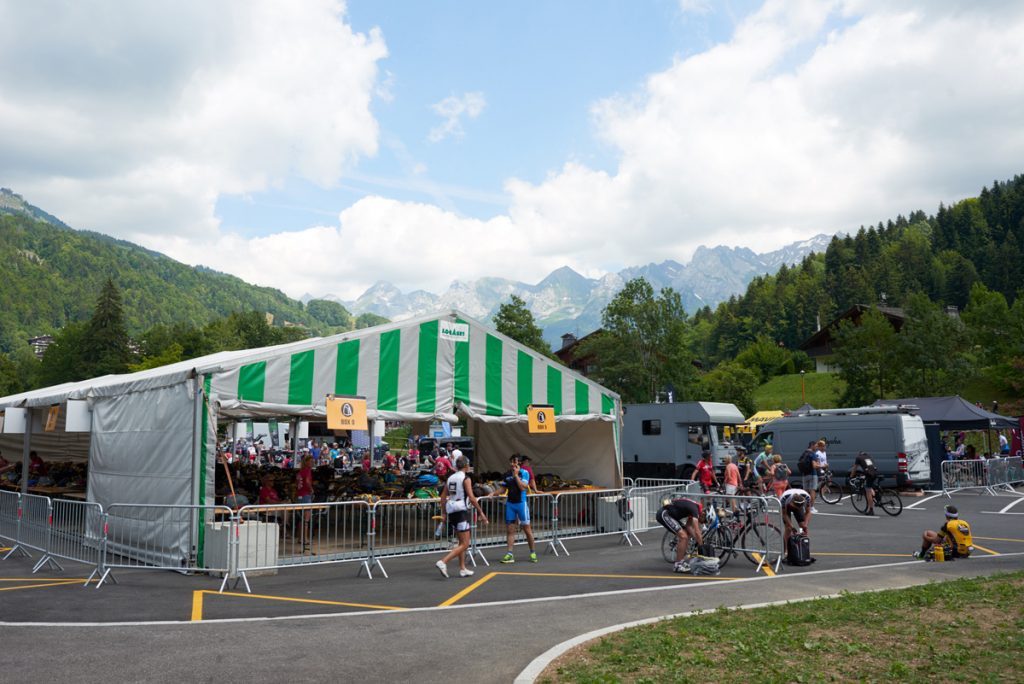Training routine
For a race that commonly spans over 100 miles and has you climb over 4000 m of elevation, it’s crucial to establish a training routine as early as possible. Start with one longer and two shorter rides every week and build from there. The best way to make your training routine stick is to reserve a regular window in your schedule alongside your existing family, work, and social commitments. And don’t worry too much about having to increase your mileage early on. You don’t want to peak too early.

Training diary
It’s helpful to keep a training diary right from the start. It helps you see your progress and serves as a great motivator. Looking back at what you’ve done will help you adjust your training load, which can prevent stagnation, or worse, over-training. It’s pretty easy these days, just get Strava or any other fitness app you like and you’re set for free. If you want to invest in this, then purchasing a quality bicycle computer can give you a lot more options than just having an app on your phone.
Building a base
Now, when it comes to the training itself, roughly 3-5 months before the race day you should be working on building your endurance base and aerobic efficiency. The main goal is to simply ride and not too fast. You can include some high-intensity intervals to increase oxygen uptake. As you progress, you should keep extending the time spent at intensities just under your aerobic threshold. Much of your day in l’Etape will be spent at sub-threshold intensity, so it’s important that you fully develop this aspect of your fitness. This type of training is called building a base because it lays the groundwork for the high-intensity work that will follow.

Adding intensity
Once you’re about 2 months out from your race, the focus switches from quantity to intensity. It’s crucial to add more high-intensity intervals that will allow you to ride hard and fast on the many climbs of l’Etape. You should be extending the duration of threshold-type intervals and doing low-cadence work.
Riding in a group
A big part of the appeal of l’Etape is the opportunity to ride with thousands of other cyclists in a big peloton. Even though it sounds exciting, if you are not used to riding in a group, it might be a problem. You can consider joining a local cycling club to learn the skills of riding in a bunch or ask a more experienced cycling friend to let you tag along. Riding with others will also make it harder for you to bail when you don’t feel like training.

Test races
No training plan would be complete without at least one test race. It might not seem so, but having the experience of racing can put your mind at ease when the big day comes. Plus every prep race you do is a great opportunity to test out your pacing and nutrition strategies.




